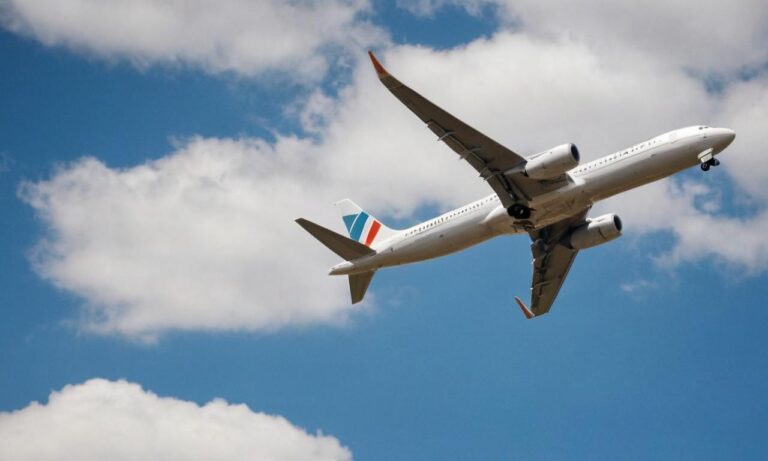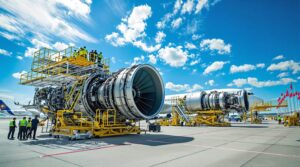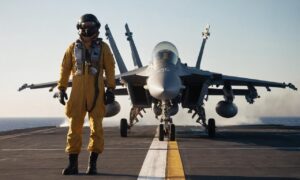Exploring the limits of human engineering and aeronautical prowess, the question of the fastest speed an aircraft has ever achieved is both intriguing and awe-inspiring. As technology advances and aviation boundaries are pushed, records are broken, leaving us to marvel at the incredible feats achieved by these flying machines.
The Need for Speed in Aviation
Speed has always been a critical factor in the field of aviation. From the early days of aviation pioneers to the cutting-edge aircraft of today, engineers and pilots alike have sought to push the boundaries of what is possible. The quest for speed is driven by various factors, including military applications, commercial efficiency, and the pursuit of breaking records.
Historical Milestones
Looking back in history, the title of the fastest aircraft has changed hands several times. One of the notable milestones was the North American X-15, an experimental aircraft that set the world record for the highest speed ever recorded by a manned aircraft. With a top speed of over 4,500 miles per hour, the X-15 reached the edge of space and paved the way for future high-speed flight.
Supersonic Marvels
Breaking the sound barrier was a significant achievement in aviation history. The iconic Concorde, a supersonic passenger jet, was one such marvel that graced the skies. Capable of flying at speeds exceeding Mach 2, or twice the speed of sound, the Concorde revolutionized air travel, albeit with a limited operational lifespan.
Modern Marvels and Hypersonic Flight
Fast forward to the present, and advancements in technology continue to redefine what is possible in terms of speed. Military aircraft like the SR-71 Blackbird and the more recent X-43A have demonstrated incredible velocities, pushing the boundaries of hypersonic flight. These aircraft have showcased the potential for reaching speeds beyond Mach 5, leaving traditional aviation parameters far behind.
The Future of High-Speed Flight
As we look to the future, the field of hypersonic and even space travel holds the promise of even greater speeds. Research and development in scramjet engines and spaceplanes aim to make commercial hypersonic travel a reality, potentially reducing long-haul flight times to a fraction of their current duration.
In the ever-evolving landscape of aviation, the pursuit of speed has been a driving force. From the early days of breaking the sound barrier to the modern exploration of hypersonic and space travel, the quest for speed continues to captivate the imagination of engineers, pilots, and aviation enthusiasts alike.
The Evolution of Aerodynamics
Beyond raw engine power, aerodynamics plays a pivotal role in achieving and sustaining high speeds. Advancements in wing design, airframe materials, and overall aircraft architecture contribute to minimizing drag and maximizing efficiency. Engineers continually refine these elements to enhance the overall performance of high-speed aircraft.
Materials and Technology
The materials used in constructing aircraft have evolved significantly, impacting their ability to withstand extreme speeds and conditions. Cutting-edge materials such as carbon composites and heat-resistant alloys are now integral to the design of supersonic and hypersonic aircraft, ensuring structural integrity and safety at unprecedented velocities.
The Human Factor
While machines propel aircraft to incredible speeds, the human element remains a critical factor. Pilots undergo rigorous training to handle the physical and mental demands of high-speed flight. Additionally, cockpit technology and human-machine interfaces continue to advance, enhancing pilot control and decision-making in fast-paced, high-stakes environments.
Frequently Asked Questions
| Question | Answer |
|---|---|
| What is the fastest speed ever recorded by an aircraft? | The North American X-15 holds the record, reaching speeds of over 4,500 miles per hour. |
| How does aerodynamics impact high-speed flight? | Aerodynamics influences drag reduction and overall efficiency, crucial for sustaining high speeds. |
| What role do materials play in achieving extreme velocities? | Advanced materials like carbon composites and heat-resistant alloys are vital for structural integrity at high speeds. |
| How do pilots prepare for high-speed flight? | Pilots undergo specialized training to handle the physical and mental challenges of operating at extreme velocities. |
Environmental Considerations
High-speed flight poses challenges in terms of environmental impact, including sonic booms, fuel efficiency, and emissions. Ongoing research aims to develop environmentally sustainable high-speed travel, addressing concerns related to noise pollution and carbon emissions.
The Role of Artificial Intelligence
Artificial intelligence (AI) is increasingly integrated into flight systems to optimize performance, navigation, and safety. AI algorithms analyze vast amounts of data in real-time, assisting pilots in making split-second decisions crucial for maintaining high-speed operations.
Unlocking the Mysteries of Hypersonic Travel
Hypersonic flight, defined as speeds exceeding Mach 5, presents unique challenges and opportunities. Ongoing research focuses on understanding and overcoming issues like extreme heat, propulsion efficiency, and the development of practical applications for commercial and military use.






